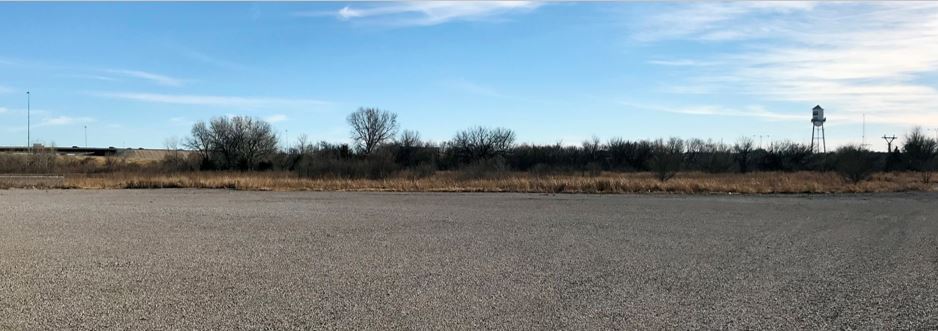Fourth Street Refinery Superfund Site
About this Superfund Site
Location: Oklahoma City, Oklahoma County, Oklahoma
Township and Range: SE 1/4 Section 35, Township 12N, Range 3W and SW 1/4 Section 36, Township 12N, Range 3W
Latitude/Longitude: 35.47124867, -97.47260483
Site Type: Abandoned Refinery
Area: 0.042 square miles/27 acres
National Priorities List: Final Deletion Date – August 21, 2008
Current Status: Cleanup complete
Click to View Interactive Site Map
Cleanup Oversight Agencies: DEQ and EPA
Lead Agency: DEQ
Office: DEQ, Land Protection Division, (405) 702-5100
DEQ Site Project Manager: Makenna Hartman, (405) 702-5159
DEQ Press Contact: Erin Hatfield, (405) 702-7119
Site History and Background:
The Fourth Street Site is located just northeast of the Double Eagle Site. This site collected, stored, and refined used oil beginning in the early 1940s. The recycling process used sulfuric acid (H2SO4) and bleaching clays to separate the desired oil product from the heavy tars. This process generated thousands of gallons of corrosive and toxic sludge each month, which was disposed of in on-site impoundments. Contaminants at the Fourth Street Site were presumed to be cumulative results of several previous oil reclaiming and refining operations. More specifically, refining operations were conducted on land owned by the Chicago, Rock Island and Pacific Railway Company, Planet Oil and Refining Company, Elliot Refining Company, and Salyer Refining Company participated in the waste oil reclamation business during the early part of the 1940s through the early 1960s. Operations ceased in the late 1960s or early 1970s. Exposed underground pipes at many locations indicated an extensive piping network was utilized during operations.
Cleanup History:
The major components of the Fourth Street Source Control Selected Remedy included:
- Excavation of the contaminated material just south of the Fourth Street Site
- Combining of contaminated off-site material and Fourth Street material at the site
- On-site stabilization of 42,000 cubic yards of the consolidated material to remove the hazardous characteristics of the contaminants
- Disposal of the stabilized material in the East Oak Landfill (OKC)
- Demolition of on-site structures and disposal of the asbestos insulation
Cleanup Status:
- Cleanup is complete, which protects approximately 20,520 people living within two miles of the site
- The site was deleted from the National Priorities List in August 2008
Land Use Restrictions:
A deed notice was filed to restrict land use to commercial/industrial uses and prohibit ground water use.
Regulatory Profile:
Sources of Contamination: The Pipe Storage Yard contained buried sludge material beneath the site. The middle portion of the site housed the majority of contaminated material, a large tar mat area, and surface ponds. This tract was referred to as the Main Site Area. Remnants of the dismantled refinery in the Main Site Area included a warehouse foundation, three horizontal tank stands, and parts of an old oil rig. The eastern tract of land contained only surface contamination carried from the Main Site Area, via surface drainage. This was referred to as the Eastern Drainage Area.
Contaminants of Concern: Lead (sludge), BTEX (benzene, toluene, ethylbenzene, xylenes), and Volatile Organic Compounds (VOCs)
Media Affected: The property was contaminated with metals and organic contaminants in the soil, sediment, and ground water. The site also contained acidic sludge found in on-site lagoons and pits.
Ground Water Impacted: Both the Fourth Street and Double Eagle Superfund Sites contribute to ground water contamination of the Garber Sandstone Formation (non-potable shallow aquifer), with brine (high levels of sodium, total dissolved solids, and chlorides). The deed notice prohibits the use of ground water.


